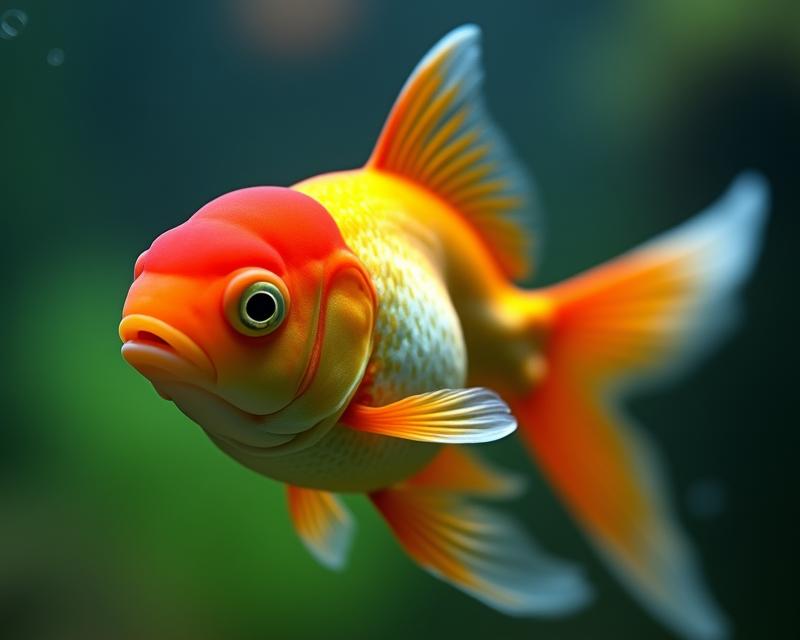Fishy Health: Spaying/Neutering Your Goldfish
Publish in Health el 28/06/2025 19:05
Is Spaying or Neutering a Goldfish Right for You?
It might sound unusual, but spaying or neutering your goldfish is a growing concern among responsible fish owners! While it's not as common as with mammals, there are some real benefits to consider for your finned friend. This article will explore the reasons why you might choose to have your goldfish spayed or neutered, what the procedure involves, and what to expect afterward.

Why Consider Spaying/Neutering?
The primary reason for spaying or neutering a goldfish is to help control overpopulation. Goldfish are often released into local waterways when owners can no longer care for them. These released fish can disrupt the natural ecosystem, outcompete native species, and spread diseases. By preventing unwanted breeding, you're contributing to the health of the environment. Beyond environmental concerns, spaying/neutering can also improve the overall health and well-being of your individual goldfish. It can reduce aggressive behaviors, especially in crowded tanks, and potentially lead to a longer lifespan.
The Procedure: What to Expect
The process is similar to that of spaying or neutering other small animals. It's typically performed by a veterinarian experienced with fish. The procedure involves a small incision in the abdomen to remove the reproductive organs. The fish will be anesthetized to ensure a pain-free experience. The vet will then carefully remove the organs and close the incision with tiny sutures. The entire procedure usually takes about 30-60 minutes.
Post-Operative Care: Helping Your Goldfish Recover
Proper post-operative care is crucial for a smooth recovery. Your goldfish will need a quiet, clean environment to heal. This means a separate, small tank with filtered, dechlorinated water. Avoid overfeeding for a few days to allow the incision to close properly. Monitor your fish closely for any signs of infection, such as redness, swelling, or discharge. Your veterinarian will provide specific instructions tailored to your fish's needs. It's important to avoid stressing your goldfish during this time, so refrain from adding other fish to the tank until the incision is fully healed. With proper care, most goldfish recover quickly and return to their normal, happy selves!
Talking to Your Vet
Before making any decisions, consult with a veterinarian experienced in aquatic animals. They can assess your goldfish's health, discuss the potential benefits and risks of the procedure, and answer any questions you may have. They can also provide a cost estimate for the surgery. Spaying or neutering your goldfish is a responsible choice that benefits both your pet and the environment. It's a small act with a big impact!





